Anthea Gerrie falls in love with this house following Kettle’s Yard’s reopening after a long 16 months.
With its ancient university, the river Cam awash with punters plying the meadows behind the hallowed halls and a lovely town centre rich in mediaeval architecture, Cambridge would be a great destination even without Kettle’s Yard. But the former home of art collector Jim Ede and his wife is a treasure-house that demands a day trip in its own right.
The reopening of this house and its adjacent gallery after a 16-month closure prompted my first encounter with a building so enchanting I’ll want to go back time and time again. It was an easy day trip – Cambridge is now less than a 90-minute train ride from several London mainline stations, and a taxi ride from the station through the city centre and along a stretch of the picturesque Backs was the icing on the cake.
It’s hard to believe Kettle’s Yard was once a collection of four slum houses knocked through to create Ede’s dream of “a living place where works of art can be enjoyed, inherent to the domestic setting” – by which he meant homey and informal, the opposite of a fusty stately home.
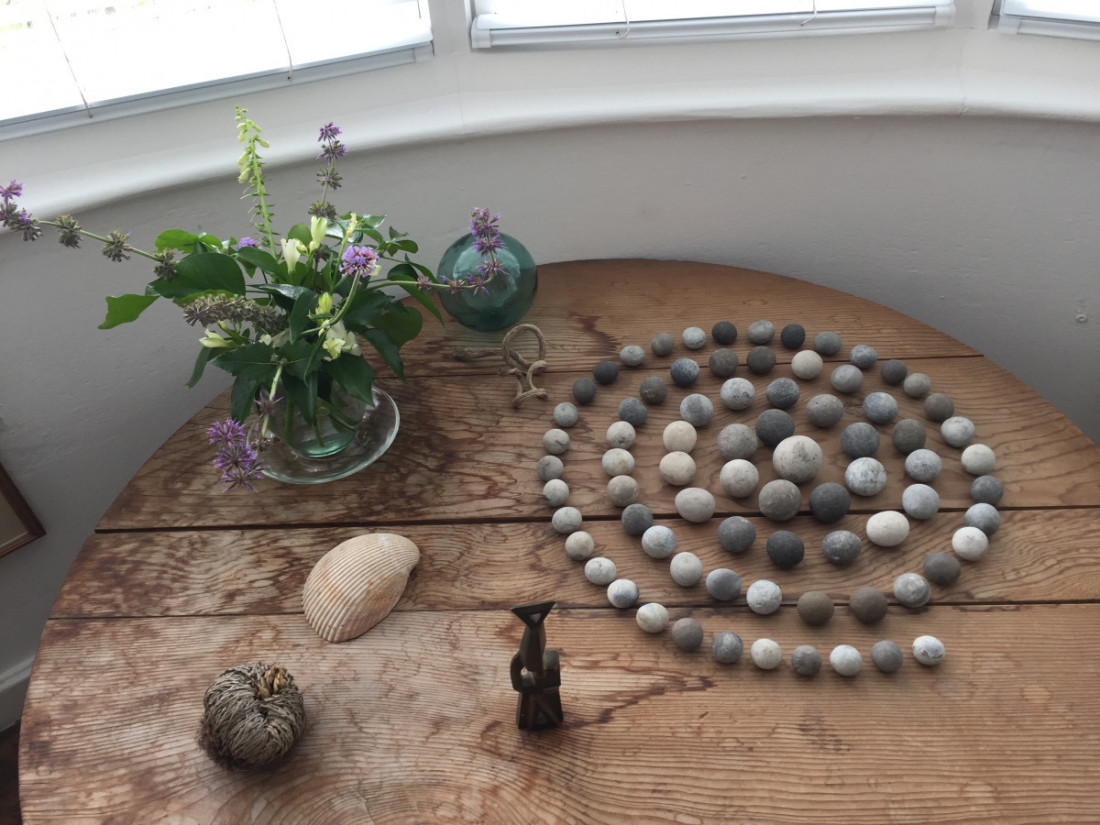
And for 16 years, from 1957 to 1973, the Edes lived with their beloved collection of pictures hung on the walls, sometimes unconventionally low to be better appreciated from an armchair, and treasured objects of largely sentimental value they had acquired, from old china to lustre glass, shells and pebbles.
The house is free to visit, though booking is essential as only limited numbers can enter with a guide. Entry is staggered to allow enough space and time for visitors to feel as if they have this home to themselves for a few precious minutes, as the visitors received by the Edes most afternoons while they lived in the house were able to.
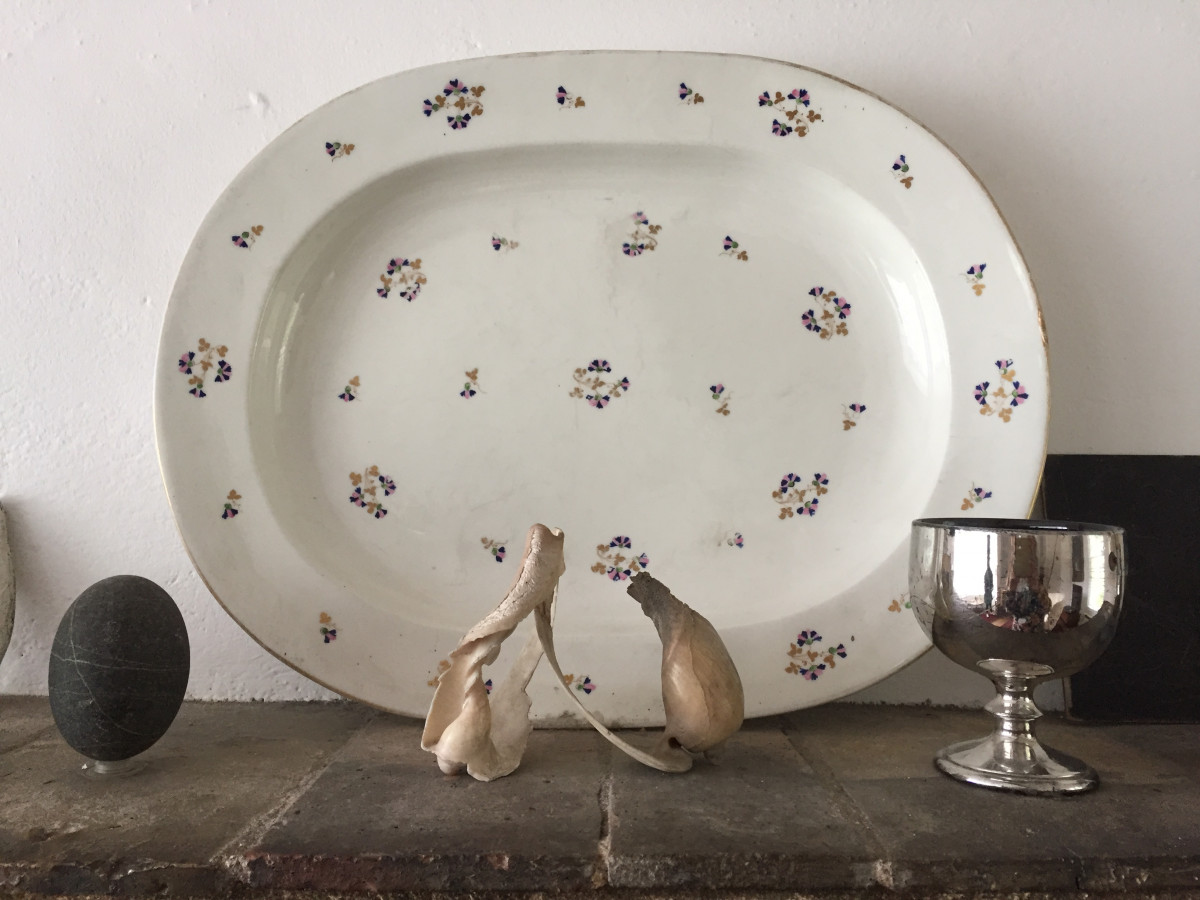
Today’s visitors are not rushed but can’t linger indefinitely in a house where It’s hard to move on from not only wonderful paintings by Winifred and Ben Nicholson, Christopher Wood and their protege Alfred Wallis, but art Ede made himself, although he might not have called it that, including a spiral of spherical stones he spent weeks collecting on a Norfolk beach and arranged on a low table in the more informal of two living rooms.
Another favourite of this visitor is the central mantelpiece where a partly deconstructed shell resembling a tiny, delicate sculpture takes pride of place in front of a beautiful old plate and flanked by lustrous glass. A favourite of almost every visitor is the simplest of installations – a fresh lemon placed on a pewter plate for the pure joy of drawing the eye to the striking colour and texture contrast at the entrance to the room.
A 1970 extension, reached across a covered bridge planted out like an indoor greenhouse, leads to a formal gallery housing highlights of Britain’s largest collection of Alfred Wallis paintings. Wallis, a fisherman who lived to document his life at sea, created naive paintings of boats and lighthouses in his native St Ives and enabled Ede, who could not afford to buy from his friend Ben Nicholson, to build a collection from the unframed stashes Wallis would send him priced at one, two or three shillings according to size.
It would be worth a visit to Kettle’s Yard just to see these works, though there is so much more in the house to enjoy from paintings by Miro and lesser-known exciting 20th-century artists to sculptures by Brancusi, Moore, Hepworth and Gaudier-Brzeska. Don’t think of the place as a museum, however, but as Ede saw it: “a continuing way of life…. stray objects, stones, glass, pictures and sculpture, in light and in space” – for which read a place of eternal joy.
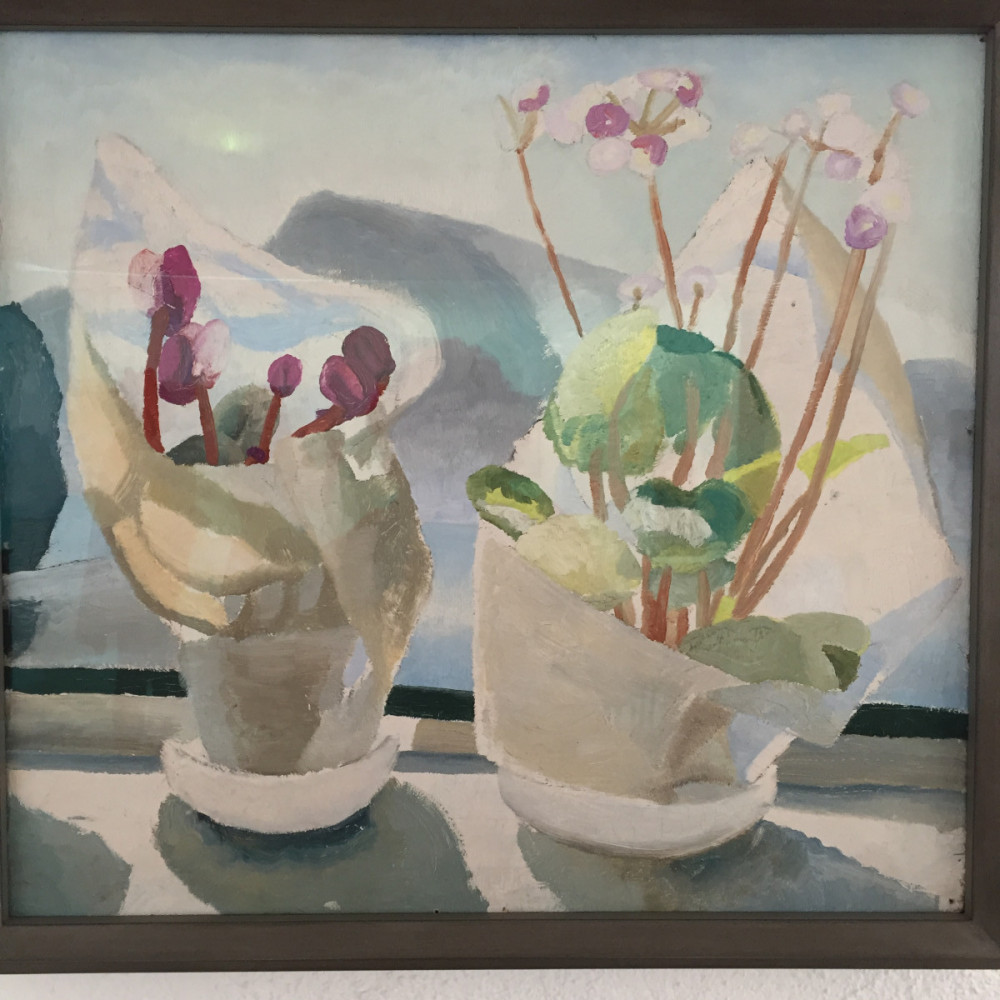
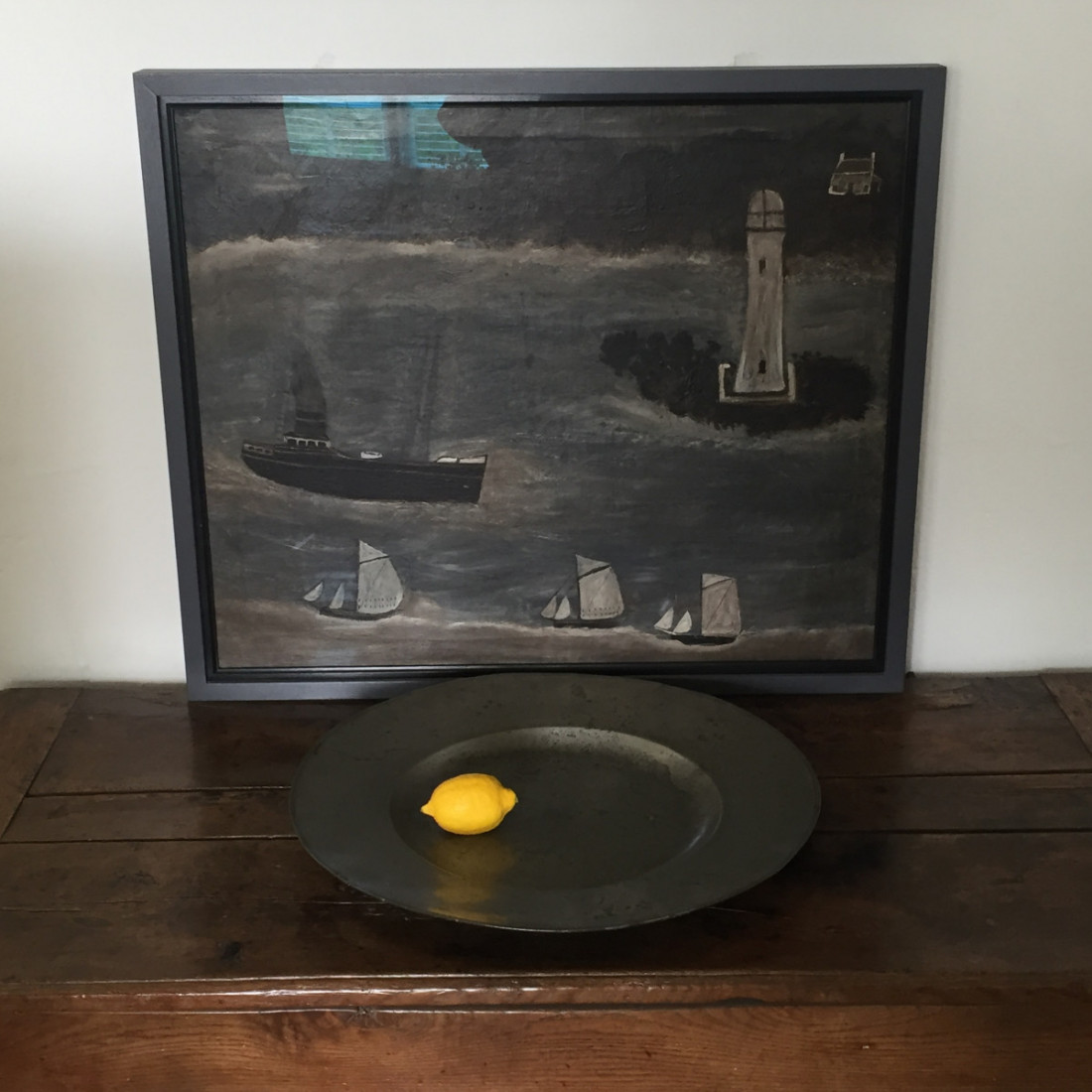
Compared to the airy informality of the house, the purpose-built galleries next door, where diversity is the byword for upcoming exhibitions, feel a tad claustrophobic. The reopening show, Untitled: Art on the Conditions of our Time, by 10 British African artists in the diaspora will be followed in October by a solo exhibition of British Indian artist Sutapa Biswas.
Curators no doubt considered an emphatic tribute to the architects of the Black Arts Movement in Britain a counterbalance to the celebration of distinctly white artists in a house whose essential, understated Englishness can’t help but enchant the visitor and dominate the Kettles Yard experience.
However much you choose to take in, don’t miss the delightful little garden which sits between the Ede home and the street, and the wonderful shop, designed to tempt the aesthete and artist in all of us – just as Ede, who intended Kettle’s Yard to be educational, would have intended.
Flowers wrapped in paper image (C) Winifred Nicholson. Picture behind the lemon (C) Alfred Wallis.
Tell Me More About Kettle’s Yard
Kettle’s Yard, Castle Street, Cambridge CB3 0AQ
T: 01223 748 100
Open Wednesday-Sunday 11 am-5 pm
Admission is free but advance booking recommended

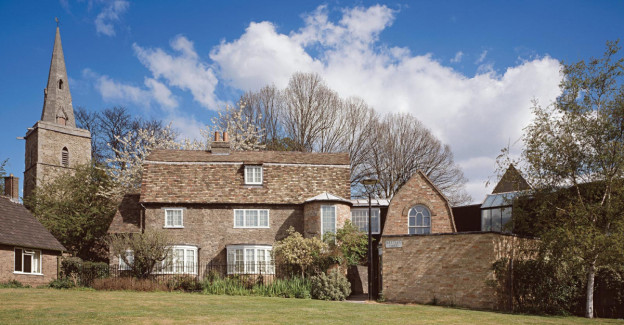
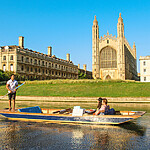
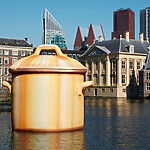
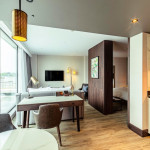
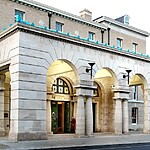

The outstanding old plate on the mantelpiece is 200 years old creation of Royal Crown Derby.